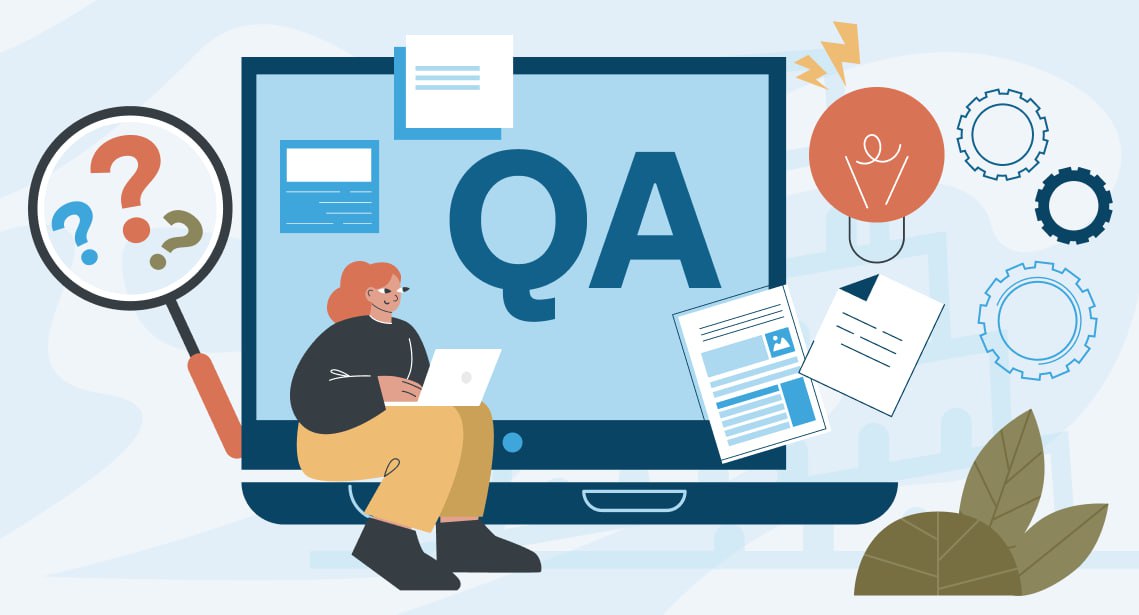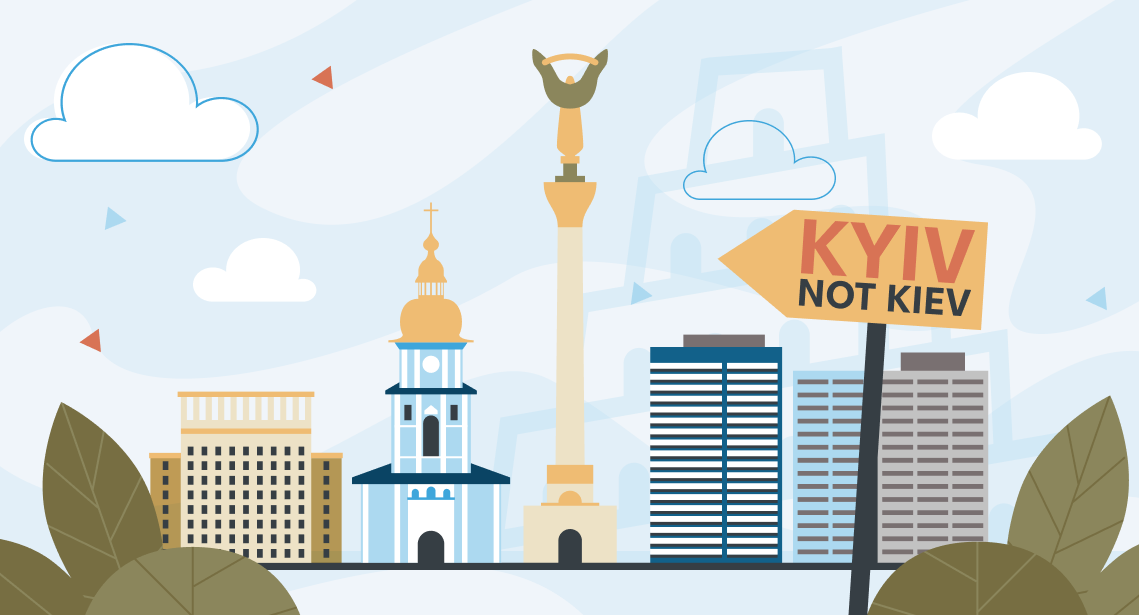Where to Find a Good Editor, and Why You Need One in the First Place

The Internet is teeming with guidelines regarding skills translators must possess to be considered good. As a rule, they all mention the same qualities: perfect proficiency in foreign languages and flawless mastery of the native one, ability to “sense” linguistic subtleties, integration with the language environment, extensive vocabulary, advanced computer skills, etc.
Hence, the natural question: if translators in translation agencies do possess all these skills, why do they need editors?
No two translations are alike
As we already know, translation, even the finest one, is never ultimate. The source text always contains certain nuances that get distorted or neglected in translation. Translation forums often turn into battlefields, with counterparts deciding what kind of translation is more “correct.”
Translators undergo training constantly, and there are no translators who’ve mastered their profession completely. Even having followed all linguistic rules and the client’s requirements, one always leaves something behind.
Sometimes it gets more complicated because of the project profile.
Marketing and advertising translations
Apart from “classical” translation requirements, there are a lot of additional rules here:
- Words with negative connotations are not welcome.
- Competitor trademarks can’t be mentioned.
- It’s forbidden to use phrases that might seem offensive to any category of audience.
- Translators have to avoid certain threadbare words that provoke rejection among readers (“best,” “beautiful,” “always” etc.).
Software localization
This is a separate type of translation with specific features:
- Translators must be able to deal with tags and the so-called fillers (placeholders).
- It’s obligatory to only use the terminology set by the client (sometimes it may lead to absurd situations).
- The names of some interface elements (for example, keys) are to be translated with the help of the same part of speech (for example, with verbs) regardless of the part of speech used in the source.
- Titles on the navigation system display must be understood by users immediately to prevent distracted driving.
- There are lots of technical subtleties of translating into languages written right-to-left (Arabic, Hebrew), into hieroglyphic languages, etc.
Video translation
During the localization of movies and other video products, specific problems arise.
- For instance, if the video is translated from English into Ukrainian, there appears a problem of length mismatch. Ukrainian texts are usually more “sprawling” than corresponding English ones; therefore, one has to reduce the text size without changing its meaning for speakers to deliver it within the time limit.
- While in translation, emphases in phrases might shift. The so-called logical emphasis in the English sentence may be put at the beginning and moved to the end of the Ukrainian one because of the transposition of words. Translators have to compose phrases differently or split them for characters, pronouncing them to sound natural.
- Some phrases need more than just translation; the words chosen must also contain similar vowels. For instance, if a character cries “AAA!” which can be perfectly read from the lips, the cry “WHOO!” in translation will be unnatural.
Another situation: the translator is an amazing linguist but has no experience in any subject field. For instance, if it is fiction and the story is set on a ship, the text will surely include references to all sorts of rigging and ropes.
Fresh eyes needed
We paid so much attention to all these subtleties to show you that mere translation is not enough. It is obligatory to meet numerous additional requirements and have an eye for the subject. This task is extremely hard and sometimes even far beyond the strength of one person.
Moreover, if translators are working on a big project, they become less perceptive and might miss the most obvious gaffes. This scenario was described by Ilf and Petrov:
It was decided to watch out for errors zealously. Yet after twenty proofreadings, the title page still said ENCACLOPAEDIA BRITANNICA.
Almost every text needs a fresh pair of eyes. It must be read by someone who took no part in the project and thus at once can point out the oddities which are no longer recognized as mistakes by those who’ve been working on the text.
The above-stated results in an inevitable conclusion that a good translation is produced by at least two people. Technically, this requirement is postulated in ISO standards saying that a comprehensive translation project (TEP—translation, editing, proofreading) needs at least two people working on the text: a translator (performs translation) and an editor (performs editing + proofreading).
Editor!
According to that logic, the “second” one must possess a higher qualification than the “first” one—a “mere” translator. But where to find such a linguist if even good translators are quite difficult to find?
Look around—they are right beside you!
As a rule, modern translation agencies receive a very large range of orders, and there is no linguist there being equally highly competent in all subjects. Indeed, one can hardly imagine a person who is great at translating both jet engine manuals and toy package notes. Some are strong on technical equipment but dense about marketing, and those having a neck for marketing texts might not get interface elements right, etc. As work progresses, every translator finds their specialization, in most of the cases—unofficially (“You’ve got marketing?—Oh, it goes to Ann!”).
Consequently, the same person acts as a translator in one project and as an editor in the project of the subject, they are more competent in.
Though this approach may seem strange, it is efficient; by allowing linguists to obtain competencies in subjects they are familiar with, translation agencies don’t suffer from the lack of highly skilled personnel.
You've got a whole company of them!
Only large companies with a constant flow of orders can afford a separate department of full-time editors. Editors are linguists of the highest qualification and are not easy to find. Therefore, LSP agencies (language service providers) long to employ or “grow” them in-house and engage freelancers to work on those parts of projects that don’t require high translation skills. As a result, translation agencies enlist their non-staff armada to perform first-edition translations, and full-time employees lend them their “fresh eyes.”
Editors are professionals perfectly familiar with linguistic subtleties of both source and target languages, having excellent command of the subject terminology. As far as editors are responsible for the final quality of the translated text, they are to put their whole mind to it. Realizing this, translation agencies do their best to provide their employees with working conditions allowing them to “plunge into text” and focus on it.
Prepare to outsource!
Outsourcing is another pattern of labor arrangement in translation agencies. Having incorporated this pattern, agencies don’t need full-time linguists. Technically, there are only managers in such companies, and the “production assets” are comprised of freelancers, i.e. non-staff linguists. It means that the process of translation is managed in-house, but the whole work on the text is performed by outside agents.
The freelance editor is quite a rare type of linguist, but these specialists do exist. As a rule, such editors don’t spread themselves too thin working with texts of different subjects; instead, they deal with one or two subjects they are perfectly knowledgeable about.
Non-staff editors are often called upon by either direct clients or large international translation agencies (MLP—multi-language providers). The latter tend to employ freelance editors for certain language directions, i.e. the editor receives all the projects in one direction for proofreading.
If the qualification of the freelance editor casts no doubts, both direct clients and large agencies strive to conclude a contract obliging the client to provide the editor with a constant flow of projects (and pay for the periods of standstill when there are none) and binding the editor to remain available for working on these projects.
Conclusion
Bluntly put, editors are chief text officers. They check the whole text and eliminate all types of errors—linguistic, stylistic, factual—all of them. They are fully responsible for any mistakes made by those having worked on the text during the previous stages.
Usually, high-quality editors don’t search for clients; it’s clients who search for them.




